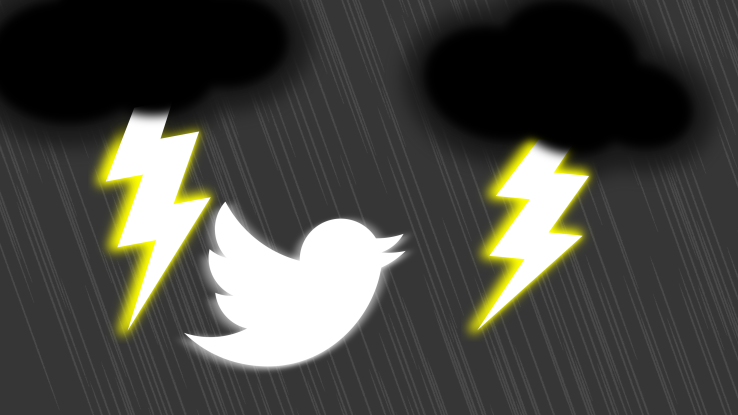

Twitter today is announcing the launch of a new feature that will allow people to more easily post tweetstorms – that is, those series of connected tweets that have grown to become a popular workaround for getting past Twitter’s character count limitation in order to share longer thoughts. The company confirmed last month it was testing the feature – which it’s now calling “threads” – across its iOS and Android apps.
The tweetstorm format has been used for a long time on Twitter, initially by a small number of early adopters, including a16z co-founder Marc Andreessen, who would often pen the equivalent of blog posts using tweets.
The need for tweetstorms became more pressing over the years, as users continually bumped up against Twitter’s 140 character count limit – a restriction Twitter recently doubled, ahead of today’s launch.
Users have adopted the tweetstorm for a number of reasons – to tell personal, suspenseful or funny stories via Twitter, to connect facts surrounding breaking news, to rant about politics or other issues, or even to just make a longer post more readable and easier to follow.
There are now hundreds of thousands of threads tweeted out every day, notes Twitter.
Despite Twitter’s new character limit of 280, tweetstorms remain in use. The feature has essentially become a Twitter convention at this point – and the company has a history of taking inspiration from its user base in developing new features. The @reply, the hashtag, and the RT were all launched as official products based on patterns of user behavior, for example. Now the same thing is happening with threads.
The threads feature itself is easy enough to use. There’s now a new plus (“+”) button in the composer screen where you can type out your series of tweets.

Each line represents one tweet, with a character limit of 280 as per usual. You can also add the same amount of media – like GIFs, images, videos, and more – to any individual tweet in the thread, as you could on Twitter directly. When you’re finished with one tweet, you just tap in the space below to continue your thread.
While writing out your tweetstorm, you can go back and edit the tweets at any time as they’re still in draft format. When you’re ready to post, you tap the “Tweet all” button at the top to send the stream to Twitter. (Twitter will pace the tweets’ posting a bit so they don’t all hit at once.)

In addition, another handy feature allows you to go back and update a thread by adding new tweets after it already posted. To do so, you’ll write out the new tweet after tapping the “Add another Tweet” button. This lets you continue to update a thread forever – something Twitter CEO Jack Dorsey already does with his own threads, for example.
Twitter tells us there’s currently a limit of 25 entries in a thread, but that number may be subject to change depending on how the feature is adopted by the wider user base.

The company is also responding to users’ concerns that by making tweetstorms more accessible to people, the Twitter timeline will become cluttered with longer posts that slow down users’ ability to quickly scan through posts, the way you can now. It says that a thread from someone with two or three tweets will appear in your timeline connected by a line to distinguish it, but when there are four or more tweets, the thread is truncated.
In that case, you’ll see an option to “Show this thread.” If you click or tap on this message, the full thread will expand. This allows users to share their longer tweetstorms, but without taking over your timeline in the process.
Twitter says threads will begin rolling out today to everyone on iOS, Android and the web, to reach the full user base over a few weeks’ time.
Featured Image: Bryce Durbin/TechCrunch

